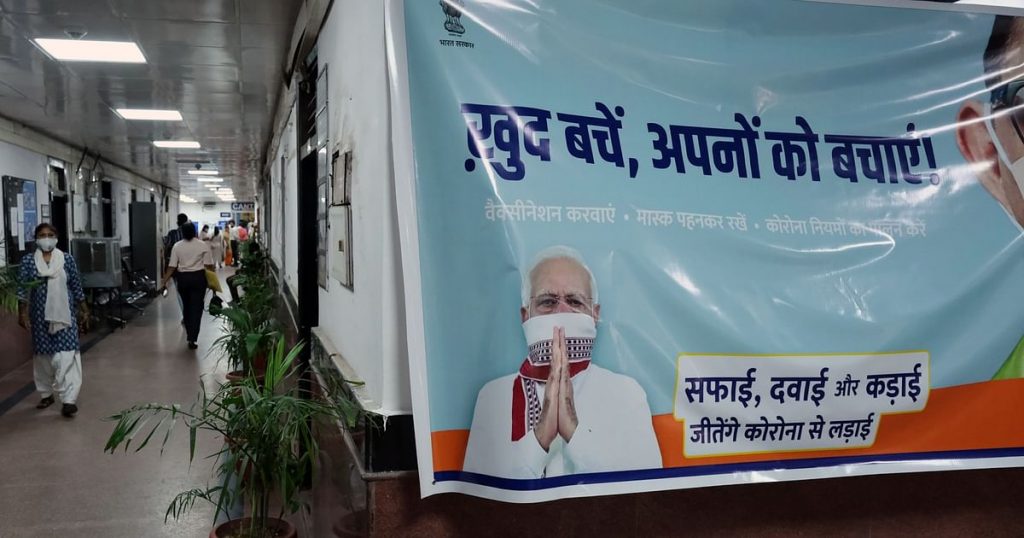By permitting the participation of states and the private sector in procurement and delivery of vaccines, has the central government’s phase 3 policy made way for an acceleration of the Covid-19 national vaccination programme or has it simply passed on the burden to states, private entities and citizens?
Former Health Secretary K Sujata Rao cautioned this ‘liberalised’ vaccine policy will raise more questions than it answers.
Interstate infectious disease control is on the concurrent list and so is a shared responsibility, she said in emailed remarks to BloombergQuint.
“These past 73 years, Government of India has been supplying drugs and vaccines for infectious diseases under the National Program to the states. This is the first time I am seeing, and at such a critical time, central government abdicating its responsibility and leaving the states to buy their own vaccines at a price to be determined by the suppliers and at a price to be fixed by the companies! Never heard of anything more preposterous than that.”
That said, India has so far vaccinated 9.4 people in every 100, below mainland China’s 14, Brazil’s 16, Turkey’s 25 and the United States’ 64, according to data tabulated by New York Times and sourced from Our World in Data project at University of Oxford. The world average is 12.
As yet, 1.3% of our population is fully vaccinated.
The numbers may not fully represent the logistical challenge of vaccinating a population of over 100 crore adults, but they make clear the pace needs picking up. The ferocity of the second wave has underscored that urgency.
HCW, FLW and 45+
So far, only health care workers, frontline workers, and those above 45 years of age are eligible for vaccination — let’s call them target group 1.
That’s an estimated 28 to 30 crore people. They’ve received 13 crore doses as on April 21. 1.84 crore people have received both shots.
The central government has been procuring vaccines manufactured locally, by Serum Institute of India and Bharat Biotech, and allocating them to states to administer. These vaccines are available free at government hospitals, whereas private hospitals can charge up to Rs 250 per jab, of which Rs 150 goes to the centre.
Serum Institute has supplied the centre 10 crore doses and committed to supply another 11 crore in the next three months, a company spokesperson said. Bharat Biotech is reported to have supplied just over 1 crore doses and is committed to another 9 crore. The company refused to confirm or comment. That’s 31 crore doses supplied or booked.
As per the phase 3 policy announced last week, that becomes effective May 1, the centre has said it will continue to provide free vaccines at government hospitals for target group 1. These will hereon be provided to states based on criteria such as active cases, delivery speed and wastage.
Hence, this target group will continue to get vaccinated, free, but the speed will vary state to state, maybe more now than it has so far due to change in allocation criteria.
18-45 Years
In this new policy, the central government has lowered the age threshold for vaccine eligibility to 18 years. That means 87-90 crore Indians are now eligible.
But here’s the big change. The centre will not vaccinate those between 18 and 45 years of age, an estimated 60 crore people. That task has now been left to states and the private sector.
A few questions arise
- Where will they procure vaccines from?
- At what price will the vaccines be procured and who will bear the cost burden?
- Other logistical challenges in ramping up the vaccine programme?
The biggest challenge is what will happen to the people who are under 45 years of age, K Srinath Reddy, president of the Public Health Foundation of India, said to BloombergQuint in a phone interview.
A very small number will be able to purchase vaccines directly from private hospitals irrespective of price.
Private entities, such as large companies, may pick up the tab for vaccinating their employees. But that’s barely 10% of the national workforce.
The rest will have to be vaccinationed by the states.
“Now, they have to depend upon the individual states to provide and the states would have to provide it free of cost. Would they have the wherewithal to provide it for so many people? Unless the price is also fixed at a level, because they will have to keep competing with the private markets. Then maybe a disadvantage would take place in terms of the price and even in terms of the amount of supply,” Reddy said.
Key Takeaway: The states and private sector now bear twice the burden the centre has all these months. And they have barely days to prepare for it.
